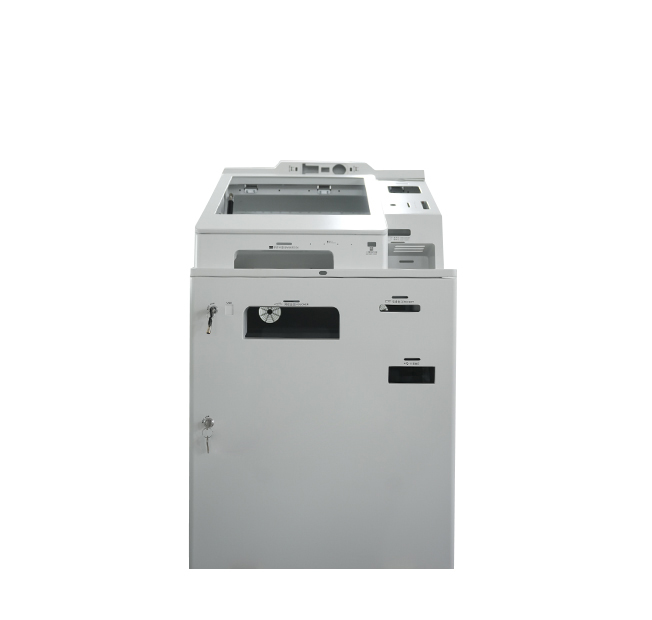Time:2025-07-16 Views:0 source:CNC Machining customization source:CNC Machining news

The sheet metal riveting process is a widely - used joining method in various industries due to its simplicity, reliability, and adaptability. It involves fastening two or more sheet metal components together using rivets, which can be made of different materials such as aluminum, steel, or copper. This process finds extensive application in numerous scenarios.
In the automotive industry, sheet metal riveting is commonly employed in vehicle body construction. For instance, the assembly of body panels, including doors, hoods, and fenders, often utilizes rivets. Riveting provides a strong and durable connection, ensuring the structural integrity of the vehicle body. Moreover, in the production of automotive chassis components, such as cross - members and brackets, riveting is preferred as it can withstand the dynamic loads and vibrations experienced during vehicle operation. Compared to welding, riveting does not cause significant heat - induced distortion, which is crucial for maintaining the precise dimensions of automotive parts.
The aerospace industry also benefits greatly from sheet metal riveting. Aircraft fuselage and wing structures are composed of numerous sheet metal parts that need to be joined securely. Rivets are used to assemble these components, as they offer a lightweight yet robust connection solution. The high - strength and corrosion - resistant properties of specialized aerospace - grade rivets ensure the safety and reliability of aircraft during long - term operation. Additionally, riveting allows for easier inspection and maintenance, as any damaged rivets can be quickly identified and replaced.
In the construction and architectural fields, sheet metal riveting is applied in the fabrication of ventilation ducts, roofing systems, and decorative metal panels. For ventilation ducts, riveting provides a tight seal, preventing air leakage and ensuring efficient airflow. In roofing systems, rivets are used to fasten metal sheets, creating a weather - resistant and long - lasting roof structure. Decorative metal panels on building facades are also joined using rivets, which not only offer a secure connection but can also be incorporated into the design as aesthetic elements.
Furthermore, the sheet metal riveting process is utilized in the manufacturing of electronic enclosures. Rivets are used to assemble the various parts of enclosures, protecting sensitive electronic components from external impacts and environmental factors. The non - conductive nature of some rivet materials can also prevent electrical short - circuits, enhancing the safety of electronic devices.
the sheet metal riveting process has diverse application scenarios across multiple industries. Its unique advantages in terms of strength, durability, and ease of use make it an indispensable joining method for sheet metal components.
Read recommendations:
Sealing ring Precision electronic parts
Housing components for recessed downlights Precision electronic parts
Oval Magnetic Hardware Precision electronic parts
CNC Machining Dimension Accuracy
CNC processing factory - Meeting customers' strict requirements for precision